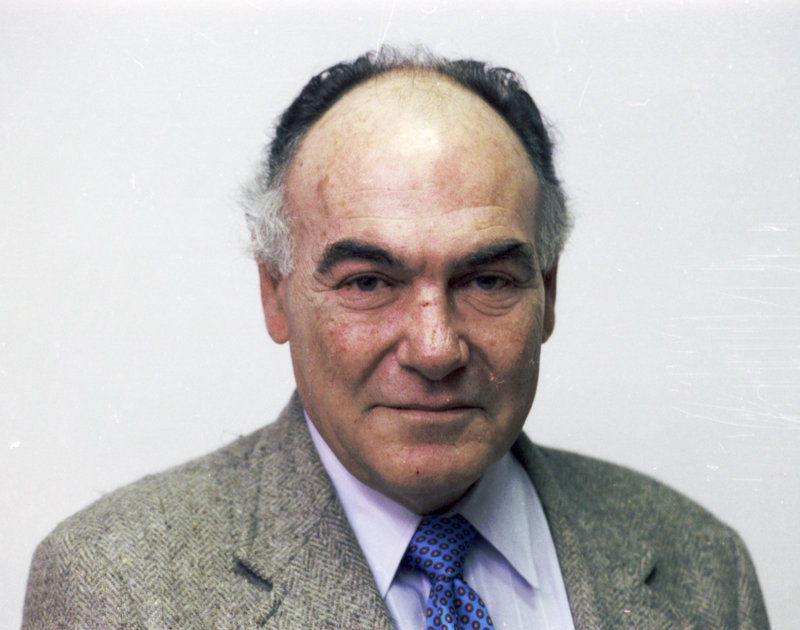NEW YORK – For most of his four decades as a reporter, Jules Edward Loh traveled the United States, reaching every state and using his honeyed Georgia accent to charm his way into the hearts, minds and lives of Americans, famous and obscure.
To write “Lords of the Earth,” a 1971 book about the Navajo Indians of Arizona, he became so close to tribal elders that they named him Poputiney, meaning “Many Pencils.” Back in New York, his irreverent colleagues at The Associated Press dubbed him “Loh, the poor Indian.”
Despite numerous journalism awards by the time he retired in 1997, Loh said of himself, “I am a reporter, period. They can chisel that on my gravestone.”
Loh, 79, died early Sunday at his home in Tappan, N.Y. He suffered complications after recent abdominal surgery, said Eileen Loh, his daughter.
Born May 29, 1931, in Macon, Ga., Loh served in the Air Force, attended Georgetown University and joined the AP in 1959. During 39 years with the news agency, he covered earthquakes in Alaska, California and Mexico City, space shots, political campaigns and both Kennedy assassinations.
“He was the best. He could do anything,” said Sidney Moody, who becomes the last survivor of AP’s “Poets’ Corner,” a group of feature writers and editors based in New York from the 1950s to the early 1990s that included Loh.
In the 1960s, Loh covered the tumultuous civil rights revolution — the funerals of four black girls killed in a 1964 church bombing by the Ku Klux Klan, racial strife in Mississippi, Dr. Martin Luther King Jr.’s Selma-to-Montgomery “Freedom March” and the murdered pastor’s own funeral in 1968.
During the 1964 civil rights bill debate, Loh sat in the Senate gallery with Malcolm X, who, he said, “predicted to me privately that his own people would kill him.” Weeks later, after Malcolm was gunned down in a Harlem auditorium, Loh reported what he had said.
In 1976, Loh began a six-year stint of roaming the country for AP, and writing twice-weekly columns called “Elsewhere in America,” about unusual people and places.
Subjects ranged from the nation’s “ugliest junkyard” in Virginia to its “worst saloon” in Montana; a man in a town called Dooms who had been hit by lightning seven times; a Connecticut celebration honoring Revolutionary War traitor Benedict Arnold, and an 88-year-old Ohioan who had invented a better mousetrap and was still waiting for the world to beat a path to his door.
The “Poets’ Corner” team specialized in stories that explored news topics at length and in detail that belied the AP’s image as strictly a hard-news agency.
Though a self-described “apostle of brevity,” Loh retraced the journey of Lewis and Clark for a story that ran 6,000 words, and co-wrote a series about four aging World War II veterans that ran 40,000 words. Loh and his associates also collaborated in the production of AP books on JFK’s assassination, the Kennedy family, the Six Day War and other topics.
As for Loh’s pocketful of pencils that so fascinated the Navajo, his daughter, Eileen, recalled that the idiosyncrasy stemmed from his experience in Alaska. While covering the earthquake, his ball point pens froze.
Send questions/comments to the editors.



Success. Please wait for the page to reload. If the page does not reload within 5 seconds, please refresh the page.
Enter your email and password to access comments.
Hi, to comment on stories you must . This profile is in addition to your subscription and website login.
Already have a commenting profile? .
Invalid username/password.
Please check your email to confirm and complete your registration.
Only subscribers are eligible to post comments. Please subscribe or login first for digital access. Here’s why.
Use the form below to reset your password. When you've submitted your account email, we will send an email with a reset code.